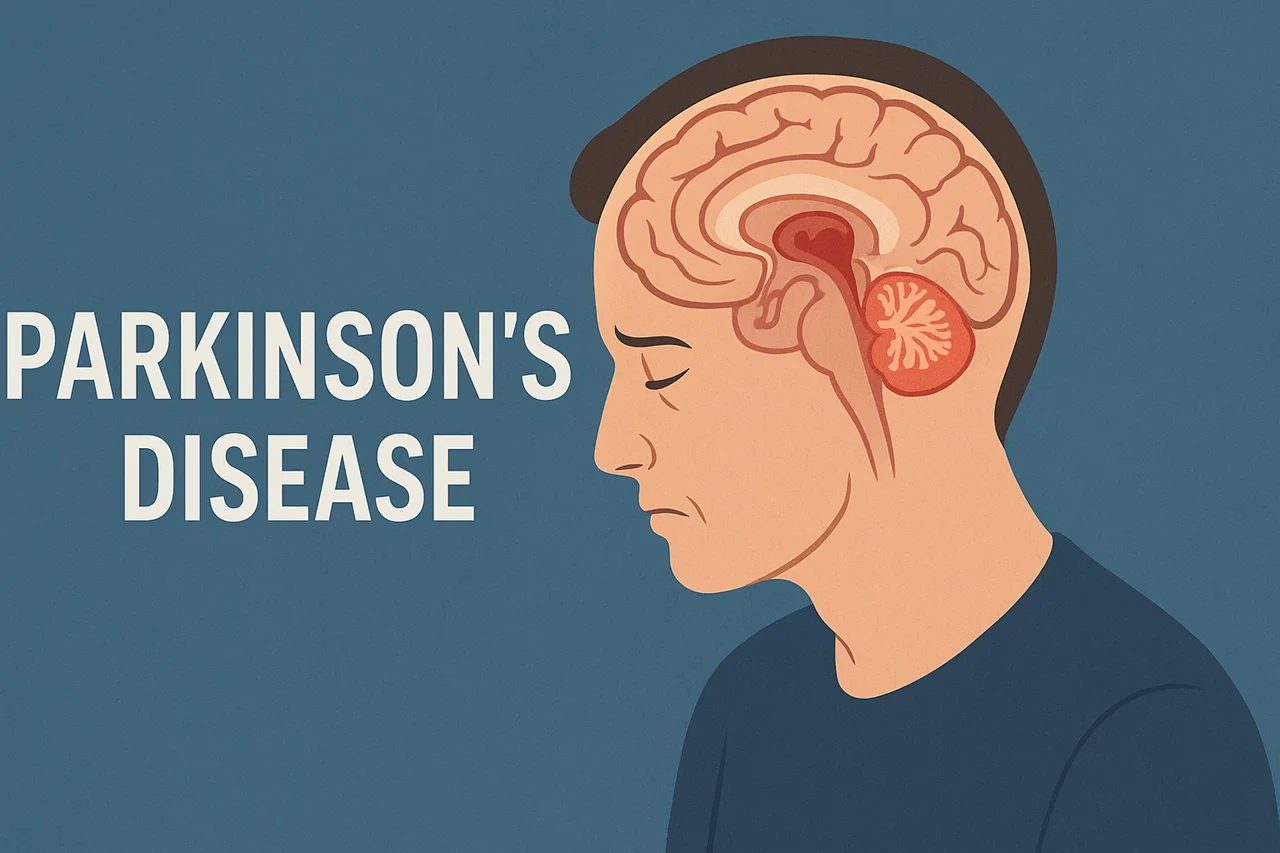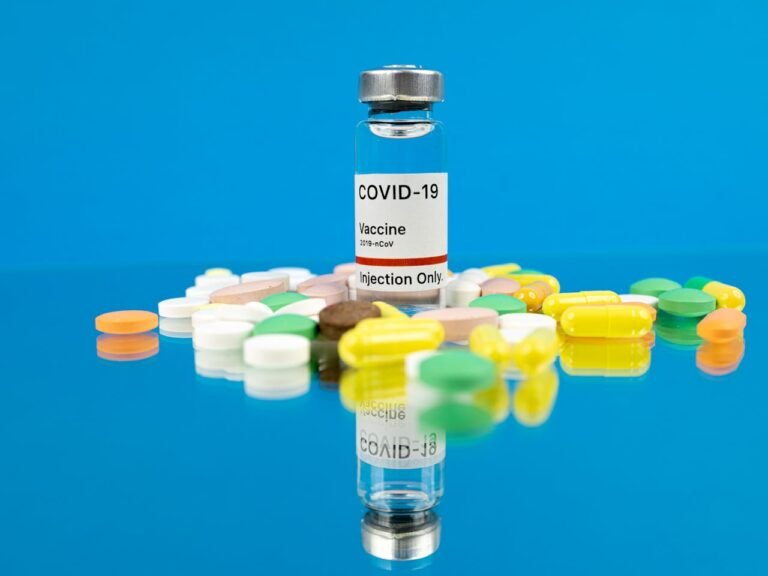Bayer AG and its wholly owned, independently operated subsidiary BlueRock Therapeutics LP, a clinical-stage cell therapy company, have announced encouraging 36-month follow-up data from exPDite, a Phase I clinical trial investigating bemdaneprocel, an investigational stem cell-derived therapy designed to treat Parkinson’s disease (PD). The long-term findings were presented on October 6th at the International Congress of Parkinson’s Disease and Movement Disorders, marking a significant milestone in regenerative medicine for neurodegenerative conditions.
Bemdaneprocel, formerly known as DA01, represents a pioneering approach to replacing the dopamine-producing neurons that are progressively lost in patients with Parkinson’s disease. Unlike conventional dopamine replacement therapies that primarily manage symptoms, bemdaneprocel aims to restore dopaminergic function by directly replenishing the neurons responsible for dopamine synthesis in the brain.
A New Frontier in Parkinson’s Disease Treatment
“Bemdaneprocel represents a new approach to restoring the dopamine inputs that are lost in Parkinson’s, and leverages substantial advances in stem cell technology,” said Dr. Claire Henchcliffe, Chair of the Department of Neurology at the UC Irvine School of Medicine and one of the study’s principal investigators. “The new three-year data is a critical next step to evaluate longer-term safety. While caution is warranted in interpreting these positive clinical trends, the initial signals—particularly in the higher dose cohort—are promising. The upcoming exPDite-2 clinical trial should provide further insights into potential therapeutic benefits.”
This first-in-human study evaluates bemdaneprocel’s safety, tolerability, and preliminary efficacy in patients with moderate to advanced Parkinson’s disease. The therapy involves transplanting dopamine-producing neurons derived from pluripotent stem cells into specific areas of the brain affected by the disease. By doing so, researchers aim to re-establish the lost dopaminergic networks, potentially offering a more durable and disease-modifying treatment option.
Sustained Safety and Engraftment Over Three Years
At the 36-month follow-up, bemdaneprocel continued to demonstrate a strong safety profile, consistent with earlier findings. Importantly, no therapy-related or surgery-related adverse events were reported, underscoring the long-term tolerability of the treatment.
Neuroimaging using F-Dopa PET scans revealed that the transplanted cells remained viable and functionally active in the brain even after the discontinuation of immunosuppressive therapy at 12 months, as outlined in the study protocol. These findings confirm durable cell survival and engraftment—critical indicators for the long-term success of cell-based therapies in neurodegenerative diseases.
In addition to its favorable safety profile, secondary clinical endpoints assessing motor function and daily living activities showed sustained improvements from baseline across the three-year follow-up period. These outcomes were measured using standard clinical tools such as the MDS-Unified Parkinson’s Disease Rating Scale (MDS-UPDRS) Parts II and III and the Parkinson’s Disease Diary, which track motor symptoms, functional capabilities, and “on/off” time variations in symptom control.
Clinically Meaningful Motor Improvements
According to BlueRock Therapeutics, participants in the high-dose cohort (n=7) demonstrated particularly encouraging results. The mean reduction in MDS-UPDRS Part III (motor examination) scores in the “OFF” medication state—representing periods when no symptomatic treatment was active—was 17.9 points compared to baseline after 36 months.
Similarly, the low-dose cohort (n=4) showed a mean reduction of 13.5 points, with both improvements considered clinically meaningful in Parkinson’s disease research. These changes suggest potential long-term benefits in motor function restoration that extend beyond symptomatic relief.
Improved “Good ON” Time and Daily Living
Analysis of the Parkinson’s Disease Diary further supports the clinical significance of these findings. Participants in the high-dose cohort experienced an average increase of one hour per day in the “Good ON” state—defined as periods when symptoms were well controlled and without troublesome dyskinesia—after 36 months compared to baseline.
Time spent in the “OFF” state, where symptoms worsen, decreased by nearly one hour (-0.93 hours) on average. The low-dose group also showed favorable but less pronounced changes, with a 0.23-hour increase in “Good ON” time and a 1.15-hour reduction in “OFF” time.
Furthermore, improvements in activities of daily living, measured by MDS-UPDRS Part II, reflected a mean reduction of 4.3 points in the high-dose group, suggesting better functional performance and greater independence in everyday tasks.
All study participants continue to be monitored in a long-term Continued Evaluation Study, allowing researchers to assess the durability of therapeutic effects over an extended period.
A Promising Path Toward Disease Modification
“The 36-month data from this Phase I study underscores our hope that bemdaneprocel could be a potentially meaningful and durable therapeutic option for people living with Parkinson’s disease,” said Dr. Gabi Belfort, Senior Vice President and Bemdaneprocel Product Lead at BlueRock Therapeutics. “We are thrilled to share these findings with the global Parkinson’s community and remain committed to advancing bemdaneprocel through the next stages of clinical development.”
The encouraging long-term data have bolstered confidence in bemdaneprocel’s potential to offer not just symptom control but true disease modification—an elusive goal in Parkinson’s therapy for decades.
Continued Commitment from Bayer and BlueRock
“The results for bemdaneprocel after 36 months mark another motivating milestone,” said Dr. Christian Rommel, Global Head of Research and Development at Bayer’s Pharmaceuticals Division. “They reinforce our commitment to developing urgently needed new treatment options for Parkinson’s patients. With continued collaboration and innovation, we aim to bring transformative therapies like bemdaneprocel closer to clinical reality.”
The upcoming Phase II trial, exPDite-2, is expected to further explore the therapy’s safety, efficacy, and dose optimization, potentially setting the stage for pivotal late-stage trials in the coming years.
If successful, bemdaneprocel could become one of the first cell replacement therapies capable of reversing the underlying neuronal loss in Parkinson’s disease—offering renewed hope to millions of patients worldwide.
About bemdaneprocel (BRT-DA01)
Bemdaneprocel (BRT-DA01) is an investigational cell therapy designed to replace the dopamine producing neurons that are lost in Parkinson’s disease. These dopaminergic neuron precursors are derived from human embryonic pluripotent stem cells that continue developing into mature dopamine neurons after implantation. In a surgical procedure, these neuron precursors are implanted into the brain of a person with Parkinson’s disease. When transplanted, they have the potential to re-form neural networks that have been severely affected by Parkinson’s disease and to potentially restore motor and non-motor function to patients. In 2021 bemdaneprocel received Fast Track Designation and in 2024 a Regenerative Medicine Advanced Therapy (RMAT) designation from the FDA. A pivotal Phase III trial to assess the efficacy, safety and overall impact of bemdaneprocel compared to sham surgery control is currently enrolling participants. Bemdaneprocel has not been approved for treatment of any disease or medical condition by any health authority.
About Parkinson’s disease
Parkinson’s disease (PD) is a progressive neurodegenerative disease. It has a significant impact on a person’s daily life. In PD, the death of dopamine producing nerve cells in the brain leads to the continuous loss of motor function. Symptoms include tremors, muscle rigidity, and slowness of movement. Additionally, people with PD experience non-motor symptoms, including fatigue and lack of energy, cognitive issues, and depression. Symptoms typically intensify over time and make everyday tasks demanding. The prevalence of PD has doubled over the past 25 years. Today, more than 10 million people worldwide are estimated to be living with PD. This makes it the world’s second most prevalent neurodegenerative disease. It is also the most frequent movement disorder. At present there is no cure, and current treatment options are inadequate and lack holistic management of symptoms so there is an urgent need for new therapies.



